Have you ever been in the middle of baking or cooking and realized you were out of one of the ingredients you need? I’ve had this many times, and I often just go ahead and substitute another “similar” ingredient. Sometimes this works, other times it doesn’t! So instead of wondering all the time, I went ahead and did a little research on the difference between similar ingredients. I was pretty surprised with what I found.
The difference between powdered and superfine sugar.
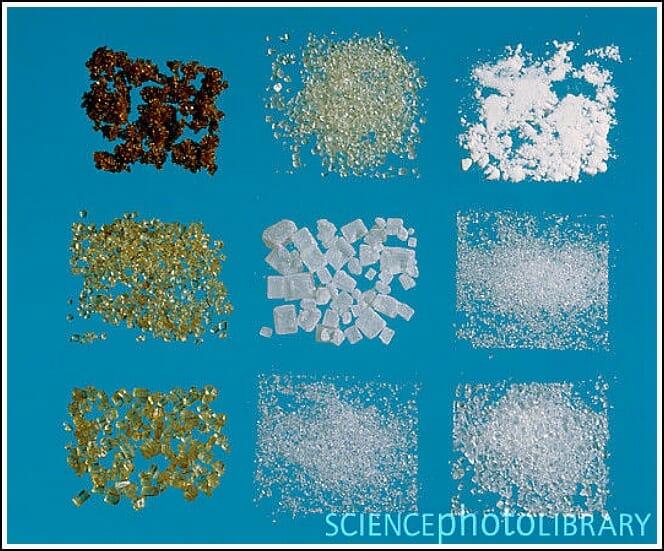
source:
There are so many different varieties of sugar, but up until a few weeks ago, I had never heard of “superfine sugar”. Or maybe I did, but just figured it was the same as powdered sugar. Well, it’s not! Powdered, or confectioners’ sugar is granulated sugar ground to a powder and dissolves almost instantly. It is used for candy, frosting, and dusting over desserts. Here’s a recipe to make your own powdered sugar. Superfine sugar is granulated sugar that has been finely ground, but still “grainy” in texture. It dissolves more easily and is preferred for sweetening cold liquids and meringues.
The difference between compressed, granulated, and powdered yeast.
Compressed yeast is also called “fresh yeast” and is mainly used by professionals because it’s highly perishable and must be used within a short time of opening. Compressed yeast is about 70% moisture. It needs to be proofed before using and should be foamy. Granulated {or dry} yeast is what I use almost all the time. It is basically compressed yeast that has been dried until the moisture content is only about 8% which makes the yeast dormant. The granules only become active again when mixed with a warm liquid. Granulated yeast is it has a much longer shelf life and does not need to be refrigerated — however I keep mine in the freezer just to get maximum life out of it! When I posted my recipe for homemade bread, I had a friend ask if she could use “powdered yeast” instead of “granulated yeast”. I had honestly never heard of powedered yeast before, and even after some research, I still don’t know what it is. Can anyone answer this for me?
The difference between a yam and a sweet potato.
I’ve always known there was a difference between sweet potatoes and yams, however I continued to use the terms interchangeably…until now! Sweet potatoes are not potatoes but a root belonging to the morning-glory family {I never knew that either!}. Sweet potatoes are a “dicot” or plant having two embryonic seed leaves. Yams, although similar, are starchier and drier. They are a “monocot” or plant having one embryonic seed leaf. Honestly though, I googled pictures of both “yams” and “sweet potatoes” and the same exact pictures showed up for both!
The difference between extra virgin, regular, and light olive oil.
Extra virgin olive oil is the richest tasting oil and is best for salad dressings and drizzling on food just before service. Regular olive oil has been refined and filtered. It is not as intensely flavored. It is good for stovetop cooking and frying. Light olive oil is NOT lower in calories. All olive oils have the same caloric content. It has been refined and filtered even further; therefore, it has the least amount of taste. Use it in recipes where you desire the health benefits of olives oil’s monosaturated fat but not the olive flavor, such as baked goods.
The difference between baking soda and baking powder.
Baking soda and baking powder are chemical leaveners, but they both work differently. Baking soda is alkaline and expels carbon dioxide when combined with an acid. For example, buttermilk, which is acidic, is combined with baking soda in biscuit recipes. Baking powder is baking soda that already contains an acid, (usually cream of tartar), and only requires liquid to become activated. You can actually make your own baking powder by sifting together 1/4 c. cream of tartar and 2 T baking soda.
The difference between table salt, kosher salt and sea salt.
Table salt is a fine grained salt to which chemicals are added to keep it free flowing. Kosher salt is a coarse, additive free salt. Kosher salt tastes cleaner and chefs like it because the coarser texture allows it to be held and controlled easier by the fingers. Sea salt is made from evaporated sea water. Sea salts contain various minerals and the types and amounts of them vary depending on where the salt originated. These mineral combinations impart each sea salt with distinctive taste properties.
The difference between cake, all purpose, and bread flour.
Now days, there are so many different types of flour — it’s overwhelming. But the most common types are still cake flour, all purpose flour, and bread flour.
Protein levels are the main differences between these types of flour. Cake flour is 7.5 to 8.5% protein. All purpose flour ranges from 9.5 to 12%. Bread flour is 11.5 to 12.5 %. When you mix flour and water, proteins in the flour combine with the water to create gluten. Gluten imparts the dough with structure and traps the gas bubbles given off by the yeast or chemical leaveners. The higher the protein content, the more gluten produced, and the firmer the dough. Some baked goods require a softer texture such as cake, and some a firmer one, like pizza. Therefore, the product you are creating will determine which flour to use.
The difference between chocolates.
It’s somewhat obvious, but the main difference between different types of chocolate is the sugar content. Unsweetened or baking chocolate has no added sugar. Bittersweet and semisweet chocolate are each a little sweeter and vary in their chocolate content. Milk chocolate is sweetened chocolate to which dry milk has been added. White chocolate is actually not chocolate, but the natural vegetable fat found in the cocoa bean.
The difference between rice.
source:
White rice has had its hull, (the outer covering), and bran removed. Brown rice has only had its hull removed. Wild rice is not a rice at all; it’s a grass. Also, I figured out that rice has two main starches: amylose and amylopectin. Long grain rice is highest in amylose. Long grain rice is best for fluffy pilafs. Medium grain rice has more amylopectin than long grain rice and is best for rice pudding and risotto. Short grain rice has even more amylopectin than medium grain. Short grain rice is the most sticky and best for sushi. OK, so there you have it. Lots of random facts that have been taking up room in my brain, and will hopefully be helpful the next time you’re wondering about substitutions! Do you have other ingredients you’re wondering about?


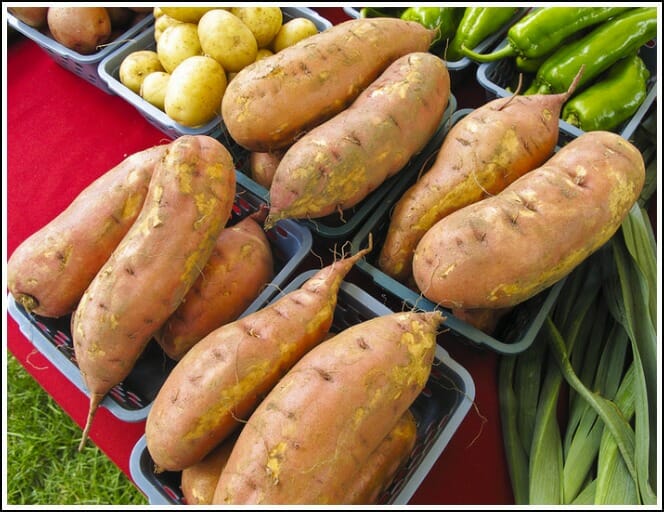

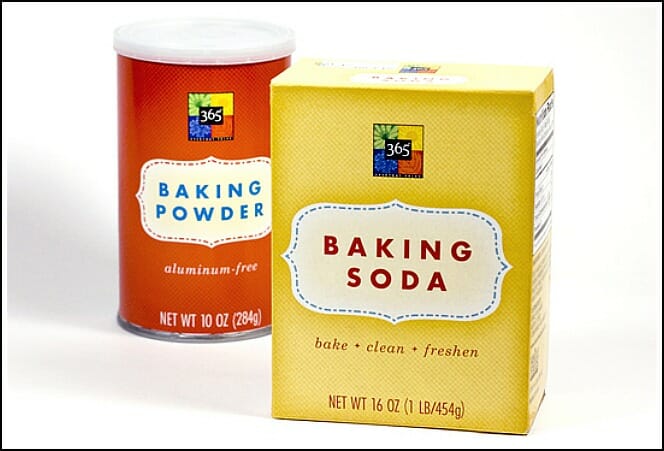
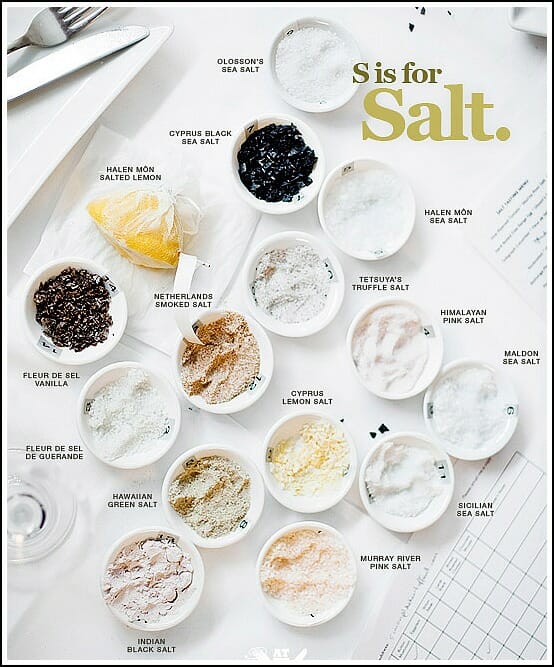

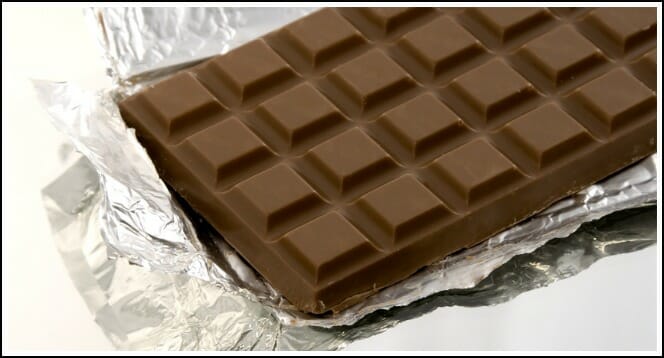

Tara says
I think pretty much everything you blog about is extremely useful! You can’t even imagine how much I’ve learned just from visiting the last few days and scouring one topic after another. They’re endless and I feel like I will never be able to find enough time to read each one that interests me…some of which I never KNEW I would find interesting! lol You explain and teach things in such a way that it’s easily understandable and you make me feel like things that I can actually do myself. So excited to try many of the ideas and suggestions you’ve blessed us with! Thank you so much for dedicating such a large part of yourself and your time to benefit those of us who are less knowledgeable in these areas, you’ve definitely got a gift girl and I’m sitting up taking notes…literally…(since I don’t have a printer! lol) : ) Thanks again & many blessings to you and your dear family! ~Tara
Andrea says
Thanks Tara — I appreciate your kind words!
Rayen says
Many thanks – most helpful – I live in S America and have to do a lot of substitutions so this is so useful
Amanda Williams says
What about pasta sauce vs. marinara, or distilled water vs. purified? 🙂